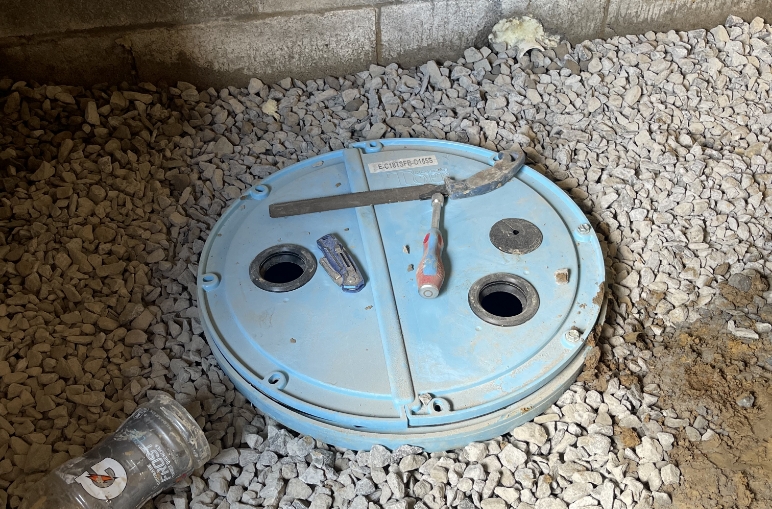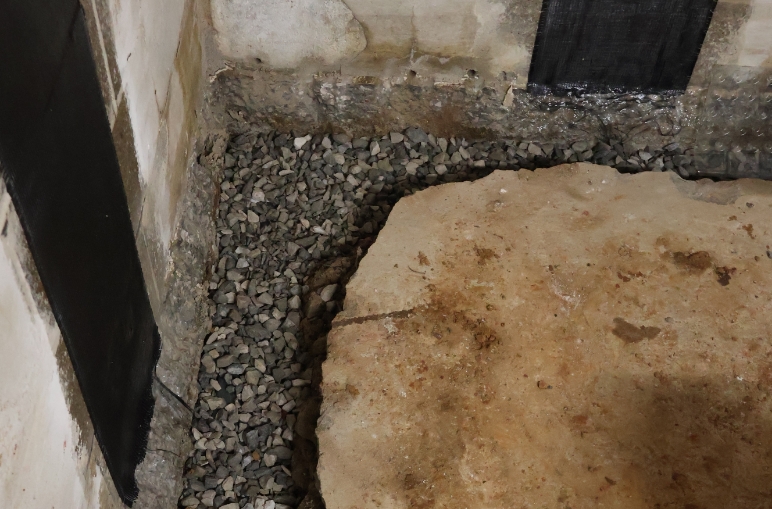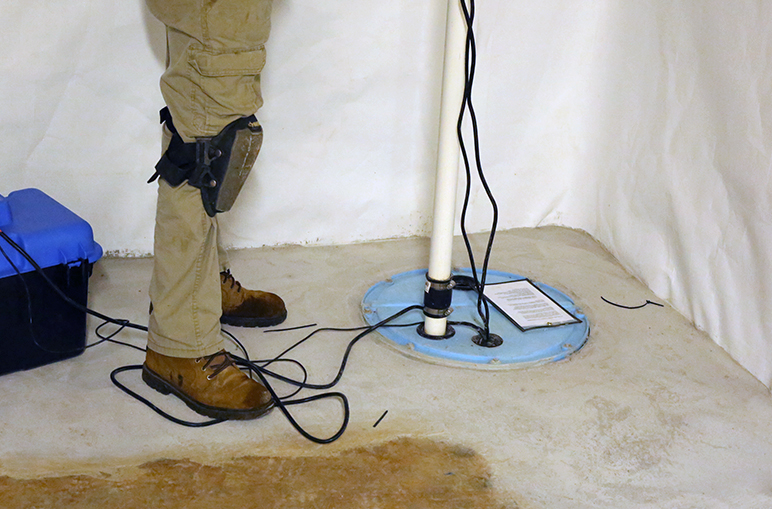The Ultimate Guide to Basement Waterproofing in South Central Kentucky and Middle Tennessee
When it comes to protecting your home, few areas are as critical as your basement. In South Central Kentucky and Middle Tennessee, the combination of our climate and soil conditions make basements particularly vulnerable to water intrusion. Left unaddressed, this issue can lead to costly structural damage, mold growth, and an uncomfortable living environment.
Understanding the causes of water intrusion and exploring effective waterproofing solutions is essential for safeguarding your home and maintaining its value. In this guide, we’ll walk you through the most common problems, explain the pros and cons of various waterproofing methods, and provide tips on selecting the best approach for your specific needs.
Understanding the Problem
Basements in South Central Kentucky and Middle Tennessee are prone to water intrusion due to heavy rainfall, poor drainage, and soil conditions. This can lead to mold, mildew, and structural damage. Waterproofing your basement is a wise investment to protect your home and your peace of mind.
Two Primary Waterproofing Methods
Exterior Waterproofing:
Pros:
- Prevents water from entering the basement walls.
- Can be effective in some cases.
Cons:
- Often requires digging around the foundation, which can disturb the soil and potentially lead to future water intrusion
- May not be as effective in areas with high water tables or poor soil drainage
- In most cases, the footer joint is still vulnerable to water penetration especially in areas with high water tables.
Exterior waterproofing methods typically involve:
- Dry Wells: These are underground pits designed to collect and disperse water away from the foundation.
- Exterior Sealing: Applying a waterproof sealant to the foundation walls.
- Footer Drains: Drains installed along the foundation to collect and divert water away from the basement.
- Downspout Extensions: Extending downspouts to divert rainwater away from the foundation.
Interior Waterproofing:
Pros:
- Less invasive than exterior methods.
- Can be more effective in many cases, especially when combined with proper drainage.
- Can be customized to address specific water intrusion issues.
Cons:
- May not be as effective in severe cases of water intrusion.

Interior waterproofing methods typically involve:
- Above-the-Footer Drains: Drains installed along the interior perimeter of the basement, above the footer level. This keeps the drains out of the “mud zone,” where water can accumulate.
- Beside-the-Footer Drains: Drains installed along the interior perimeter of the basement, adjacent to the footer. This can be necessary in cases of severe water intrusion or high water tables.
- Wall Coverings: Waterproof wall panels applied to basement walls that connect to interior drainage systems are very effective and are often inorganic surfaces and help control vapor and fungal or mold growth.
- Dehumidification: Using a commercial grade dehumidifier to reduce humidity levels in the basement and prevent mold and mildew growth.
- Efflorescence: A white, powdery unsightly substance that can appear on basement walls. It’s often a sign of moisture problems and vapor transpiration and can be addressed through proper waterproofing and dehumidification.
- Vapor Transpiration Through Block Walls: Moisture can pass through concrete block walls. Efflorescence is often a tell tale sign that transpiration is happening. Proper waterproofing can help mitigate this issue.
Gravity Drains and Sump Pumps
- Gravity Drains: These systems use gravity to drain water away from the basement. They can be effective in some cases, but may not be sufficient for heavy water intrusion. This type system is vulnerable to pest and rodent intrusions.
- Sump Pumps: Sump pumps are mechanical devices that remove water from the basement. They can be powered by electricity or battery backup.
Choosing the Right Waterproofing System
The best waterproofing system for your basement will depend on a variety of factors, including the severity of the water intrusion, the soil conditions, and your budget. It’s important to consult with a qualified waterproofing contractor to determine the best solution for your specific needs.

Don’t Be Sold on a Gimmick
Beware of companies that push proprietary systems or solutions. While these systems may be effective, they may not always be the best option for your particular situation. Independent contractors who are well-trained and experienced can provide a variety of solutions and are not tied to specific product lines.
By understanding the different waterproofing methods and consulting with a qualified professional, you can protect your basement and your home investment.

Written By Shaun Miller, Owner Foundation Solutions Group
Shaun Miller is the owner of Foundation Solutions Group, a trusted foundation repair and waterproofing company serving South Central Kentucky and Middle Tennessee. With over 20 years of experience, Shaun is committed to delivering quality craftsmanship and ensuring that every project is done right the first time, backed by the company’s “Fix-It-Forever Guarantee.” Passionate about educating homeowners, Shaun leads the company’s "Solutions University" initiative to help clients protect their homes through knowledge and preventative care. Dedicated to his community, Shaun also supports local organizations and values the trust his customers place in him.

